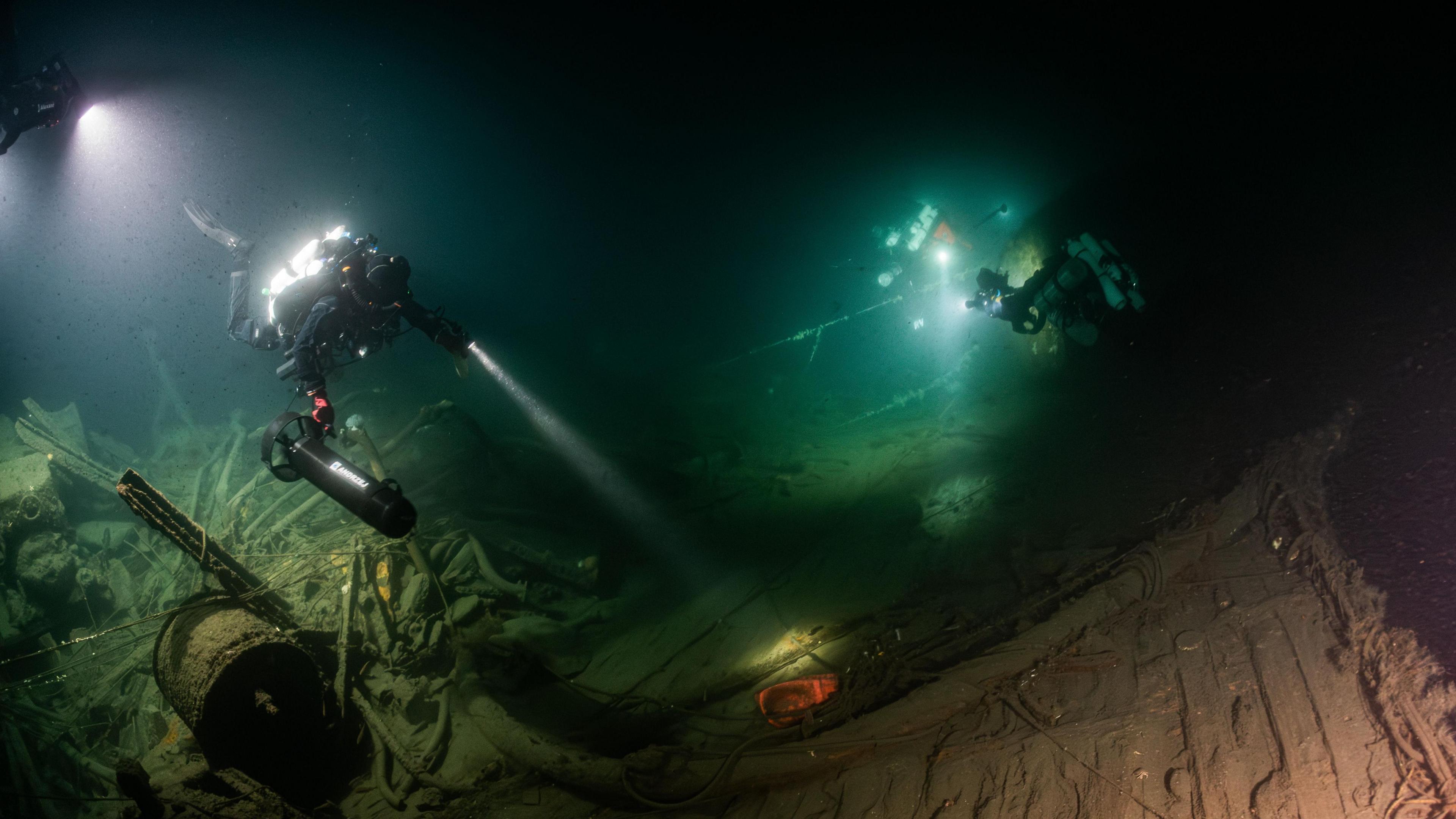Sunken navy warship flag restored by university
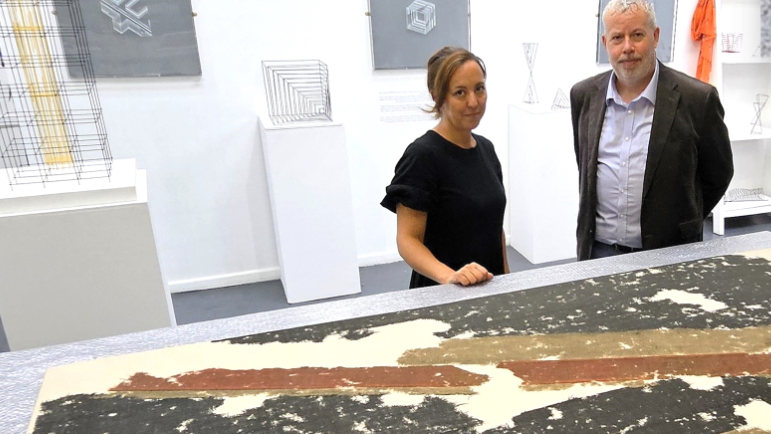
Dr Howard Fuller, pictured with Sarah Morris, creative director of Ironbridge Fine Arts, said the university was dedicated to restoring the flag
- Published
A university has completed the restoration of a flag from a Royal Navy warship that sunk off the coast of Spain in 1870.
The University of Wolverhampton said it had jointly worked on a project to restore the flag of HMS Captain, described as once "the pride of the Victorian Navy" before she sank in a storm with nearly her entire crew of 500 men.
Restoration was carried out by a certified historical textile conservationist in Bristol, and it will go on display for the first time in September.
Dr Howard Fuller, project manager of Find the Captain, said: "Few universities have ever played such a direct role in rescuing and conserving a priceless historical artefact."
"The restoration of HMS Captain's flag is not just a tribute to those lost at sea, but a testament to the university's commitment to preserving national heritage."
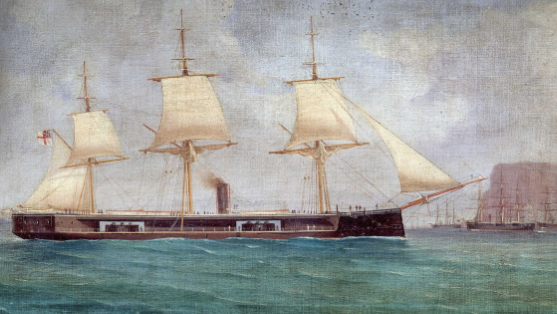
The ship sunk off the coast of Cape Finisterre, Spain in 1870
The capsizing of the ship off Cape Finisterre was a national catastrophe, touching Queen Victoria personally, and memorialised at St Paul's Cathedral and Westminster Abbey, a website dedicated to locating the lost ship stated.
Many distinguished British naval officers perished, including sons of several prominent cabinet ministers.
The flag was collected from the water and later sent to All Saints Church in Sutton, Bedfordshire, the seat of the Burgoyne Family and where the ship's captain Hugh Burgoyne hailed from.
Research by the university indicates the ship may have been further out to sea than first thought when it went down and, at a depth of possibly up to 1,700m, could be intact with relatively few destructive marine organisms at that level, the project website said.
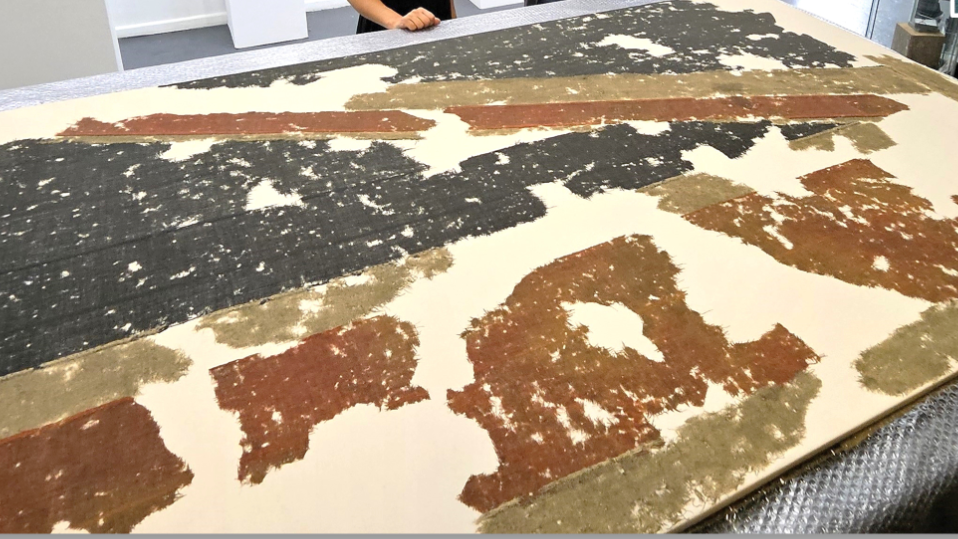
An historical textile conservationist in Bristol carried out the work
The flag restoration coincides with a major expedition led by Ocean Infinity to find the wreck using advanced scanning technology.
Locating the flag and restoring it was funded by the university's Centre for Historical Research, the Faculty of Arts, Business and Social Sciences Small Grant Scheme, and the public-backed Find the Captain Project.
The flag will be housed in a protective display case, featuring a brass plaque inscribed: Restored courtesy of The University of Wolverhampton, 2025
It will be unveiled at a gala at the Royal Geographical Society in London in September ahead of a book about the project and the university's role.
The university said it was now seeking the final £2,190 needed to complete the display case and transport the flag for its unveiling.
Get in touch
Tell us which stories we should cover in Wolverhampton
Follow BBC Wolverhampton & Black Country on BBC Sounds, Facebook, external, X, external and Instagram, external.
Related topics
- Published17 January 2018
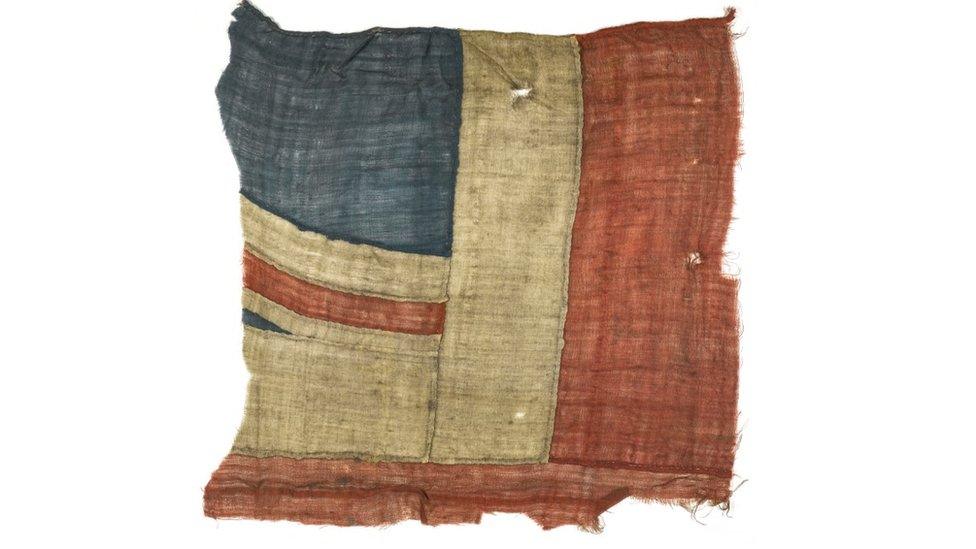
- Published14 May 2022
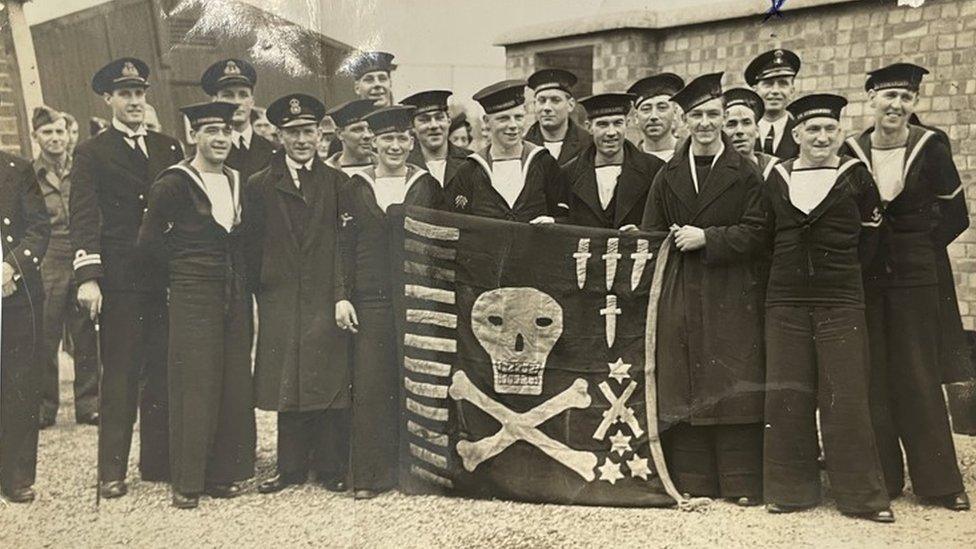
- Published21 July
